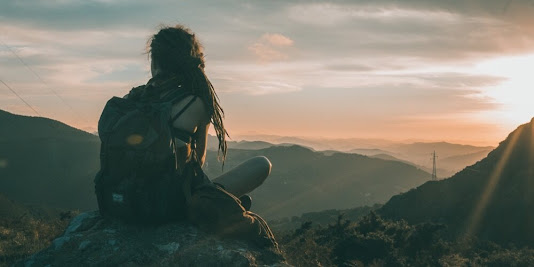5 Museums To Visit In Greece
It should be no surprise that Greece boasts a wide array of historical sites and museums. Greece is a one-of-a-kind vacation spot. Greece’s top museums offer an interesting insight into the country’s rich past, culture, and customs. There are far too many places to see and activities to do to see them all in a lifetime, even for those of us who live here. Its terrain is such that, despite its relatively tiny geographical area (131,957 square km/50,949 square miles), exploring all of it is challenging. Only 227 of Greece's 6,000 islands and islets in the Aegean and Ionian Seas are inhabited, making it a unique phenomenon for the European continent and, of course, an impossible undertaking for any visitor.
From the Bronze Age Minoans of Crete to Alexander the Great's short-lived Macedonian Empire, Greece has seen many great civilizations rise and fall. Thankfully, artifacts from Greece's long history have been kept, recovered, and repaired in museums throughout the country. Visitors can now learn about the country's cultural legacy firsthand at places like the Royal Tombs of Aigai and the Archaeological Museum of Olympia.
Plan ahead of time, research your vacation, and be selective. If you can't see everything, see everything worth seeing! Discover some of the top museums to check out in Greece.
XEM THÊM :
Game Bài Đổi Thưởng Gamedoithuong.vip – Top Game Đổi Thưởng 2022
⚜️ Acropolis Museum, Athens
Without a doubt, the New Acropolis Museum in Athens is one of Greece's most prominent museums. It houses an extensive collection of relics excavated from the Acropolis' sacred rock. The museum presents a complete view of ancient Greece, with collections spanning centuries from the Mycenaean period of 1600-1100 BC to the Christian era.
The New Acropolis Museum offers visitors the opportunity to explore many levels of expansive exhibitions, including a collection of ancient statues housed in a glass-enclosed room that bathes them in natural light. While laying the foundations for the Acropolis Museum, some of the antiquities on display were uncovered.
⚜️The Museum of the Royal Tombs at Aigai, Vergina
The Royal Tombs Museum in Aigai is a Greek cultural site located 75 kilometers west of Thessaloniki. Visitors can go underground to view an underground cemetery turned museum and discover ancient ruins. Its tombs include millennia-old antiquities, mostly from the ancient Macedonian civilization.
Exquisite pieces of jewelry, old paintings, and flawlessly maintained ivory miniature figurines are among the most highly praised exhibits of the Museum of the Royal Tombs. The site also features the burial cluster of Phillip II of Macedon, who is best known for being Alexander the Great's father.
⚜️The Archaeological Museum Of Delphi, Delphi
The location is truly amazing, exuding an atmosphere of collective human energy as well as the power of nature. The ancients referred to it as the "navel" of the earth, the source of all primal powers and a sacred site for worship and oracle-seeking insight.
⚜️The Museum Of Byzantine Culture, Thessaloniki
Thessaloniki, the capital of the north, is Greece's second-largest city. It is a lively city with a long and rich history dating back to the Roman and Byzantine periods, as well as a vast coastal promenade that adds to its architectural attractiveness.
The city is an open-air museum from the Byzantine era, with 15 of its early Christian churches designated as UNESCO World Heritage Sites. Visiting all of these attractions might take hours, if not days. Once in the city, the Museum of Byzantine Culture is a must-see for anybody interested in Christian art and heritage. The museum's structure is designated as a historical landmark and a remarkable example of modern Greek architectural art by the Greek Ministry of Culture.
The vast atrium with the surrounding gallery at its entrance is one of the Museum's most notable features. It is constructed on a plot of land measuring 15.439 square meters, with a building area of 5.371,27 square meters. All aspects of Byzantine and post-Byzantine culture are shown in the 11 big halls through the display of authentic artifacts, primarily from Thessaloniki, the Empire's second-most-important city after Constantinople, but also from the wider Macedonian region.
The collection contains around 46,000 artifacts, but only 3,190 are on exhibit, including heirlooms and artwork from the second to twentieth centuries. As artworks and as a relic of the great Byzantium's culture and society, icons, paintings, mosaics, marble architectural components, early Christian graves, liturgical church vessels, personal beautification implements, simple everyday goods, and professional instruments are on show.
Read Articles :



.jpg)




.png)
Comments
Post a Comment